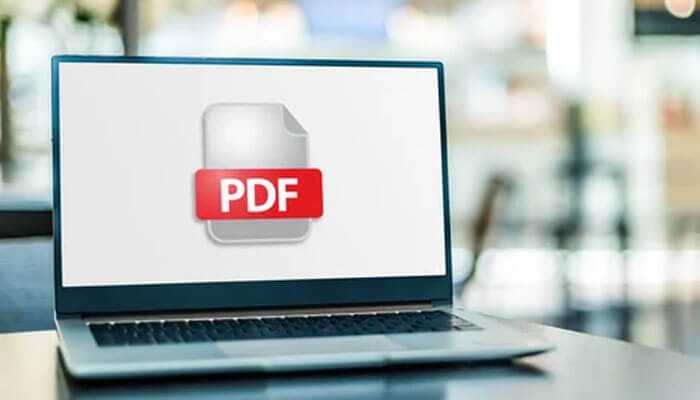Exploring the realm of digital files can be quite intricate at times, especially when dealing with PDF and editable PDF versions, which often come into play in tasks to boost productivity and effectiveness. Figuring out the distinctions between them is key to making informed choices for particular requirements. So, from PDF to editable PDF, here is your guide outlining the differences.
Understanding PDF
PDF files are known for their capability to keep documents unchanged no matter where they are viewed or opened due to their Portable Document Format nature. They maintain the design elements, like fonts and images, just as the creator intended.
People prefer using PDF for papers and reports as it offers a viewing experience regardless of the device or software being used. This reliability guarantees that everyone sees the document in the way. One drawback of PDF files is their fixed format, which makes it hard to edit them without tools once they are generated.
Editable PDF: A Flexible Alternative
Editable PDF files provide increased flexibility compared to file formats. Users can easily modify these files by filling in forms or adding comments and updating text and images directly. This feature is particularly useful for managing documents that need revisions or collaboration from individuals.
Editable PDF files offer advantages for team projects, as they allow multiple collaborators to work together seamlessly without altering the layout of the document in real-time. It is a crucial feature in settings that demand frequent feedback and adjustments.
Key Differences Between PDF and Editable PDF
The main difference between these formats is the extent to which they can be modified. Regular PDF files are akin to versions of paper copies, whereas editable PDF files function more like flexible templates. This versatility can influence how documents are utilized and distributed.
When thinking about security concerns regarding documents, PDF files can be different from ones that use Word files. The former typically provides more protection against unauthorized changes, while the latter may need extra security measures to avoid accidental edits.
When to Use Each Format
Different formats offer benefits. PDF files are ideal for sharing completed documents that do not need any modifications. Consider situations such as contracts, marketing materials like brochures, and scholarly works where maintaining the quality of content is essential.
Editable PDF documents are particularly useful when multiple individuals need to provide input for tasks like filling out forms and surveys. Another practical use case is when users need to sign a PDF online, allowing for efficient document approvals and digital signatures without printing and scanning. This is especially beneficial for contracts, legal documents, and business agreements that require authentication and quick turnaround times. Working together on projects collaboratively benefits from this adaptability feature.
Choosing the Right Tool for PDF and Editable PDF
Choosing the format largely hinges on the intended use of the document. If you anticipate updates or interactive features, editable PDF files can be a choice in your documents. Their flexibility to incorporate modifications makes them well-suited for settings.
When aiming to convey information securely without changes, content presentation across devices or platforms is the objective; traditional PDF files stand out as an excellent option for achieving this purpose effectively.
Balancing Accessibility and Security in PDF and Editable PDF
Editable PDF files offer improved accessibility. It’s crucial to prioritize security measures well by using password protection or setting permissions to safeguard sensitive data effectively and maintain a balance that ensures the documents are secure yet user-friendly.
Final Thoughts
Knowing the distinctions between PDF and editable PDF versions can influence how documents are managed effectively. Striking a balance between security and adaptability plays a role in deciding when to employ each format. This decision aids in simplifying operations and fostering teamwork. Opting for the format tailored to requirements enables users to enhance productivity and ensure that documents fulfill their designated functions seamlessly.
Conclusion
In today’s era, both PDF and editable PDF files are tools that serve distinct purposes. Each type comes with its advantages, meeting requirements and choices. By grasping the characteristics of each person, businesses can wisely choose how to manage documents according to their needs. Ultimately, the decision between them depends on finding a mix of security and adaptability to ensure that documents serve their intended purposes effectively.



